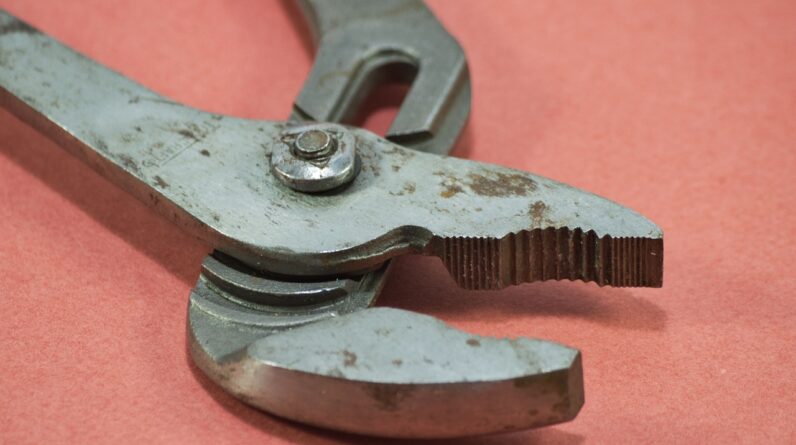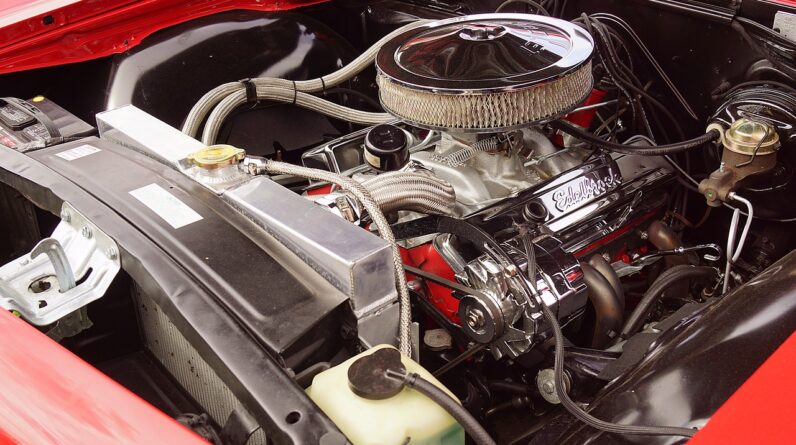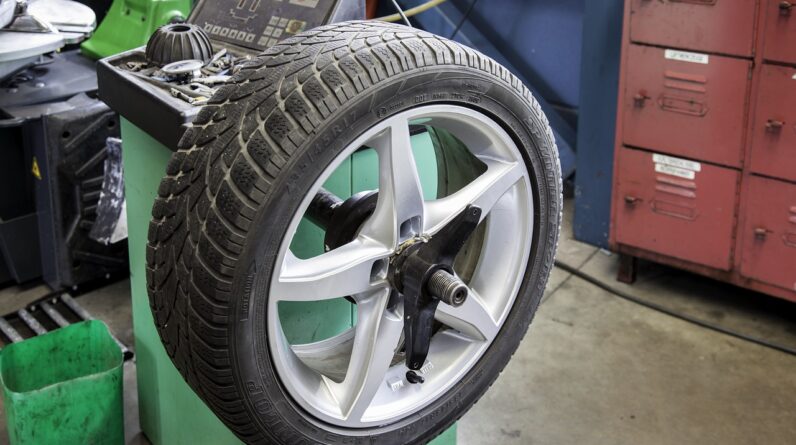
Discover essential oil change tips for basic car maintenance to keep your vehicle running smoothly, enhance longevity, and improve fuel efficiency.
What if we told you that taking care of our car doesn’t have to feel overwhelming? One of the most vital aspects of basic car maintenance is performing regular oil changes. It’s an essential task that keeps our vehicle running smoothly, enhancing its longevity and efficiency. Let’s chat about some handy tips to make this process easier and more effective.
Understanding the Importance of Oil Changes
When we think about car maintenance, oil changes often come to the forefront. So, why are they so important? Well, engine oil plays a crucial role in lubricating parts, reducing friction, and preventing excessive wear and tear. Over time, oil degrades and becomes less effective, making regular changes essential.
Benefits of Regular Oil Changes
- Enhanced Performance: Fresh oil helps our engine run smoothly, improving overall performance.
- Longer Lifespan: Regular oil changes can prolong our engine’s life by minimizing wear.
- Fuel Efficiency: Clean oil reduces friction, allowing our vehicle to run more efficiently and use less fuel.
- Reduced Emissions: Keeping our oil fresh can help reduce harmful emissions, making our vehicle more environmentally friendly.
Knowing When to Change the Oil
One of the key questions we often face is, “When should we change our oil?” The answer can depend on several factors, including the type of oil we use and our driving habits.
Recommended Change Intervals
We can generally follow these guidelines for oil changes:
| Type of Oil | Mileage Interval | Time Interval |
|---|---|---|
| Conventional Oil | 3,000 to 5,000 miles | Every 3 to 6 months |
| Synthetic Blend Oil | 5,000 to 7,500 miles | Every 6 months |
| Full Synthetic Oil | 7,500 to 15,000 miles | Every 6 to 12 months |
These intervals are great starting points, but specific conditions such as stop-and-go driving, extreme temperatures, and heavy load driving may necessitate more frequent changes.

Selecting the Right Oil for Our Vehicle
Choosing the right engine oil is crucial for optimal performance. We need to consider the type of oil, viscosity grade, and manufacturer specifications.
Types of Oil
- Conventional Oil: Typically less expensive and suitable for older vehicles.
- Synthetic Blend Oil: A mix of conventional and synthetic oil, offering better protection and performance.
- Full Synthetic Oil: Manufactured for better performance, excellent for extreme temperatures, and provides the best protection.
Viscosity Grades
The viscosity rating of the oil (e.g., 5W-30) indicates how thick or thin the oil is at different temperatures. The first number represents the cold temperature viscosity, while the second number indicates how the oil performs at high temperatures.
- W – Winter: Oil that flows at lower temperatures.
- Higher numbers generally mean thicker oil at operating temperatures.
Manufacturer Specifications
Every vehicle manufacturer has specific oil recommendations, which we can find in the owner’s manual. Following these guidelines ensures we use an oil that meets our vehicle’s engine needs.
Preparing for an Oil Change
Preparing for an oil change not only simplifies the task but also makes it more efficient. Here are some steps we can follow to get ready.
Gather Necessary Tools and Supplies
Before starting, we should gather all necessary supplies, such as:
- Engine Oil: Make sure to have the correct type and amount.
- Oil Filter: It’s important to change the filter simultaneously with the oil.
- Wrench or Oil Filter Tool: Essential for removing the oil filter and drain plug.
- Oil Catch Pan: This helps us collect the old oil safely.
- Funnel: Makes pouring new oil easier.
Safety Precautions
Safety always comes first. Here are some steps to ensure we stay safe during the process:
- Allow the Engine to Cool: Changing oil when the engine is hot can lead to burns.
- Use Gloves and Safety Glasses: Protect our hands and eyes from any splashes.
- Park on a Level Surface: Ensures stability while we work under the vehicle.

The Step-by-Step Oil Change Process
Now that we’re prepared, let’s walk through the steps of changing the oil. This process can vary slightly depending on our vehicle type, but we can use the following general guidelines.
Step 1: Lift the Vehicle
If our engine sits low, we may need to elevate our vehicle for easier access. We should ensure to use jack stands for stability. Safety is key here!
Step 2: Drain the Old Oil
- Locate the Oil Drain Plug: It’s generally on the bottom of the oil pan.
- Position the Catch Pan: Place it under the drain plug to catch the old oil.
- Remove the Drain Plug: Carefully undo the plug with a wrench, allowing the oil to drain completely.
Tip: We can warm up the engine briefly before draining to help the oil flow out smoother.
Step 3: Replace the Oil Filter
- Locate the Oil Filter: It’s often found on the side or bottom of the engine.
- Use an Oil Filter Tool: If it’s stuck, apply tools to help loosen it.
- Pre-fill the New Filter: Before installation, we can fill the new filter with a bit of new oil to lubricate the rubber gasket.
- Install the New Filter: Hand-tighten it to ensure a good seal.
Step 4: Add New Oil
- Reinstall the Drain Plug: Ensure it’s secure but don’t overtighten.
- Use a Funnel to Pour in New Oil: Check the owner’s manual for the correct amount.
- Start the Engine: Let it run for a moment to circulate the oil, keeping an eye out for leaks.
Step 5: Check the Oil Level
After letting the engine run for a few minutes, we should check the oil level using the dipstick. Here’s what to do:
- Turn off the Engine: Allow it to sit for a couple of minutes.
- Remove and Wipe the Dipstick: Clean it with a cloth and reinsert it fully.
- Check the Oil Level: Remove the dipstick again; the oil level should be between the two marks.
Step 6: Dispose of Old Oil Properly
We should never dispose of old oil in the trash or pour it down the drain. Local recycling centers or auto shops usually accept used motor oil for proper disposal.
Common Mistakes to Avoid
In our quest for smoother oil changes, let’s take a moment to highlight some common mistakes we should avoid.
- Ignoring the Oil Change Light: If our car has this feature, we should pay attention to it.
- Using the Wrong Oil Type: Always double-check what oil is best for our vehicle.
- Neglecting the Oil Filter: Changing the filter is just as important as the oil change itself.
- Overfilling the Oil: Too much oil can lead to engine damage, so we should always follow the recommended levels.
The Cost of Oil Changes
Understanding the cost of oil changes can help us budget accordingly. Let’s break down the expected expenses.
DIY Oil Change Costs
| Item | Estimated Cost |
|---|---|
| Engine Oil (5 quarts) | $20 – $50 |
| Oil Filter | $5 – $20 |
| Tools (if needed) | $20 – $100 |
By changing our oil ourselves, we can save significantly compared to taking our vehicle to a shop.
Professional Oil Change Services
If we opt for a professional oil change, costs can vary depending on the service center and the type of oil used:
| Service Type | Estimated Cost |
|---|---|
| Conventional Oil Change | $35 – $75 |
| Synthetic Blend Oil Change | $45 – $85 |
| Full Synthetic Oil Change | $65 – $125 |
While professional services are convenient, performing DIY changes can empower us to take charge of our vehicle maintenance.

Recognizing Engine Problems
Even with regular oil changes, we might encounter engine concerns. Being aware of these can prevent further issues.
Signs of Engine Trouble
- Unusual Noises: Knocking or ticking sounds could indicate low oil levels.
- Oil on the Ground: Puddles or stains under our vehicle may suggest leaks.
- Excessive Smoke: This could indicate burning oil or other engine issues.
- Warning Lights: If the check engine light comes on, it’s crucial to investigate further.
If we notice any of these signs, it’s wise to consult a mechanic.
Conclusion
By keeping up with oil changes and understanding the basics of car maintenance, we can ensure our vehicles remain reliable and efficient. Embracing these practices not only saves us time and money but also gives us a sense of pride in taking care of our ride. Whether we choose to change the oil ourselves or rely on a professional service, staying informed and proactive will yield the best results.
So, let’s roll up our sleeves, gather our tools, and give our cars the love they deserve. With the right approach, maintaining our car can be a rewarding and satisfying experience, paving the way for countless adventures ahead!






